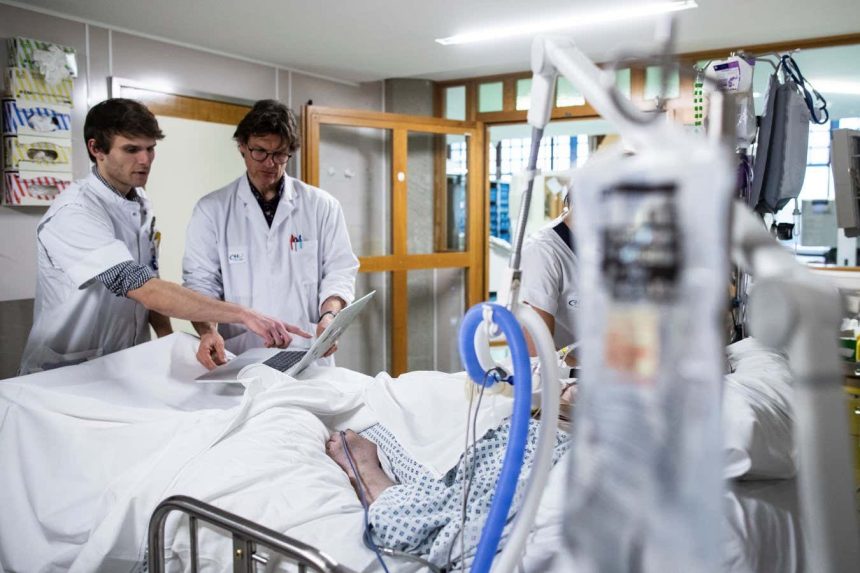Understanding Awareness in Comatose Patients
Insights into Comatose Cognition
Recent findings indicate that a significant number of individuals in a coma may exhibit signs of awareness, engaging with complex tasks when prompted. This observation implies that some patients retain an understanding of their environment, despite their unresponsive state. Such revelations challenge long-held perceptions about the conscious experience of those in deep states of unconsciousness.
Research Findings and Implications
A study has shown that approximately 20% of patients classified as being in a coma could possess some level of awareness regarding their surroundings. This statistic highlights the potential for cognitive engagement even when visual or verbal response is absent. The implications are profound, affecting how families interact with their loved ones and how healthcare professionals approach treatment plans.
Cognitive Functionality Unveiled
Surprisingly, technology such as functional MRI (fMRI) scans has made it possible to observe brain activity patterns that suggest these individuals are processing information on some level. For example, patients have demonstrated responses to simple commands through brain imaging techniques while remaining unable to physically express any acknowledgment.
Moving Forward: Ethical Considerations
The prospect that many comatose individuals might still comprehend external stimuli raises ethical questions concerning patient care and family interactions. It invites further exploration into rehabilitation methods aimed at enhancing communication with this unique population, thereby improving both emotional and psychological support systems for families grappling with uncertainty regarding their loved ones’ conditions.
By redefining our understanding of consciousness within the realm of medical science, we can work towards developing more empathetic approaches tailored to these vulnerable patients—offering hope for improved quality-of-life interventions in cases where traditional communication appears impossible.






